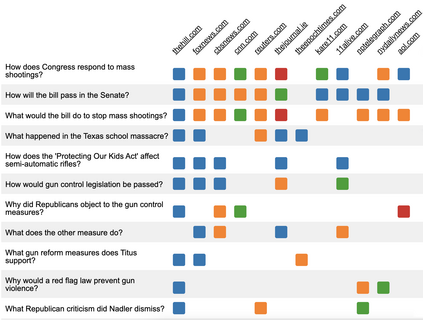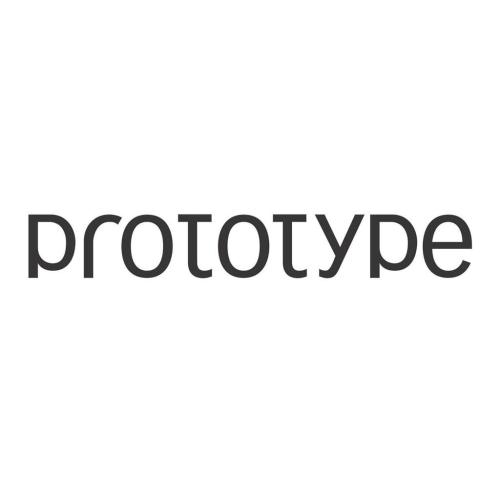There are many potential benefits to news readers accessing diverse sources. Modern news aggregators do the hard work of organizing the news, offering readers a plethora of source options, but choosing which source to read remains challenging. We propose a new framework to assist readers in identifying source differences and gaining an understanding of news coverage diversity. The framework is based on the generation of Discord Questions: questions with a diverse answer pool, explicitly illustrating source differences. To assemble a prototype of the framework, we focus on two components: (1) discord question generation, the task of generating questions answered differently by sources, for which we propose an automatic scoring method, and create a model that improves performance from current question generation (QG) methods by 5%, (2) answer consolidation, the task of grouping answers to a question that are semantically similar, for which we collect data and repurpose a method that achieves 81% balanced accuracy on our realistic test set. We illustrate the framework's feasibility through a prototype interface. Even though model performance at discord QG still lags human performance by more than 15%, generated questions are judged to be more interesting than factoid questions and can reveal differences in the level of detail, sentiment, and reasoning of sources in news coverage.
翻译:新闻读者从不同来源获得许多潜在的好处。 现代新闻聚合者努力组织新闻,向读者提供大量来源选项,但选择哪个来源阅读仍然具有挑战性。 我们提议一个新的框架,帮助读者识别来源差异,了解新闻报道的多样性。 这个框架基于产生不和谐问题: 问题来自不同的答案库,明确显示来源差异。 要组装一个框架的原型, 我们侧重于两个组成部分:(1) 问题产生不和谐, 问题产生的任务因来源不同而回答不同, 我们为此建议一种自动评分方法, 并创建一个模型, 将当前问题产生(QG)方法的性能提高5%, (2) 回答整合, 将一个性质相似的问题的答案组合在一起, 我们为此收集数据, 并重新使用一种方法, 实现我们现实测试集的81%的平衡准确性。 我们通过一个原型界面来说明框架的可行性。 尽管不和谐QG的模型性能仍然比人类业绩低15%以上, 产生的问题被认为比事实学问题和理性层次的差异更有趣。



















